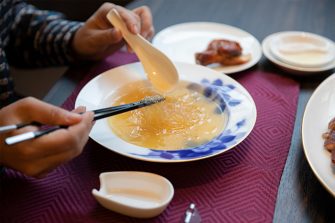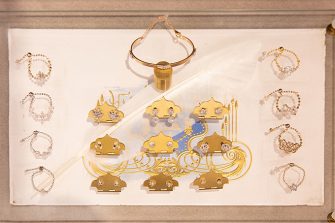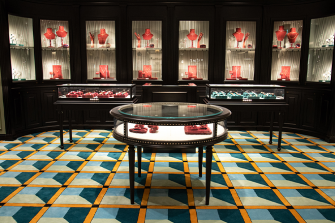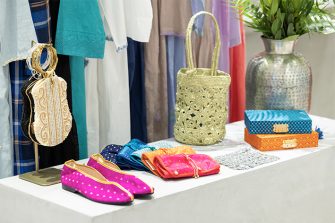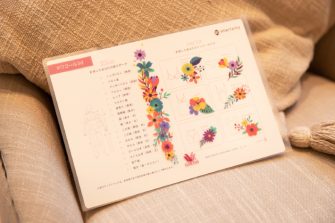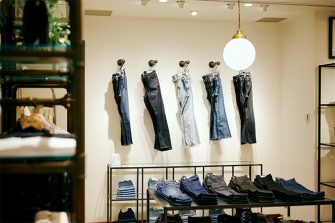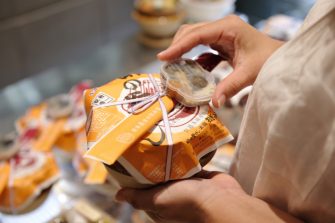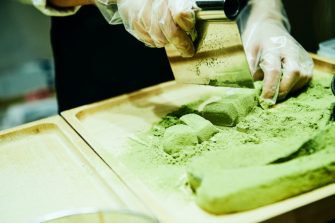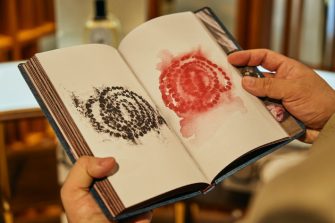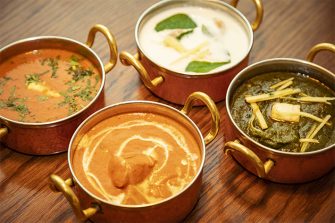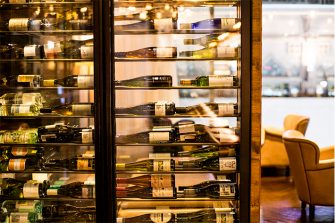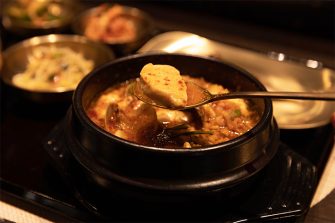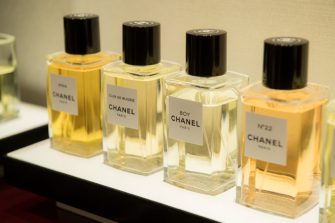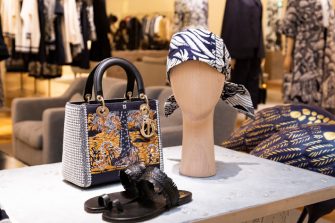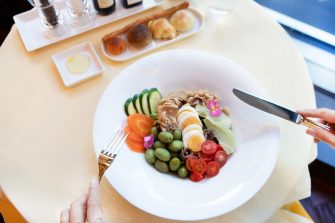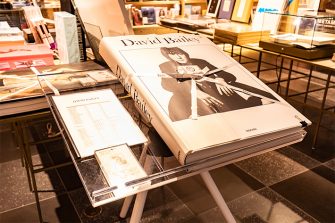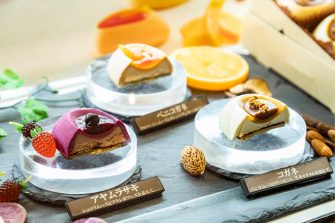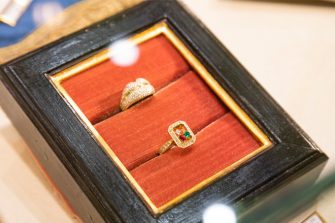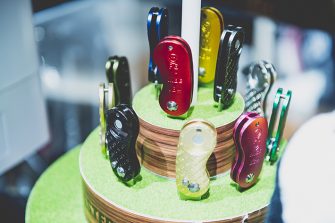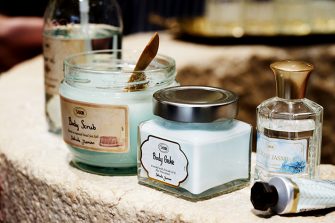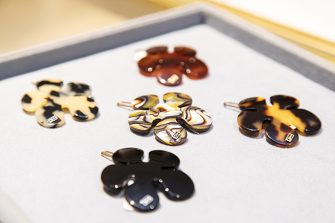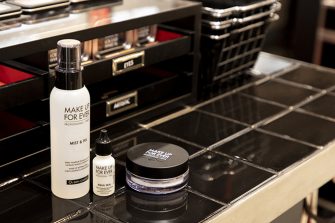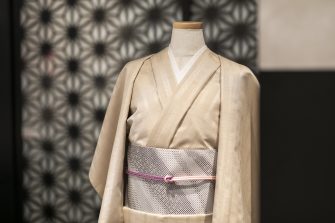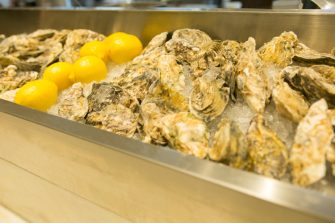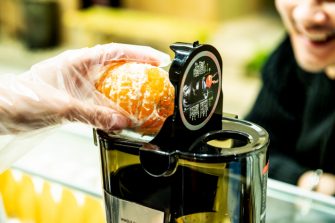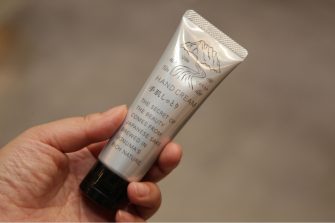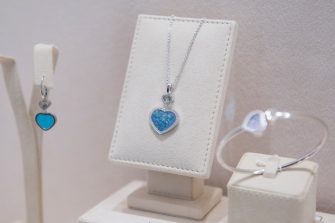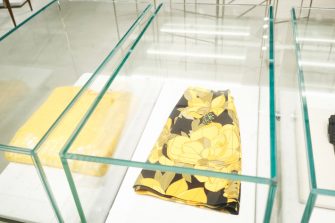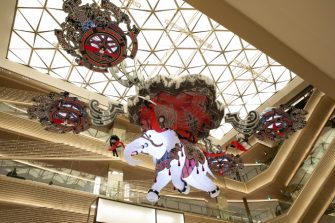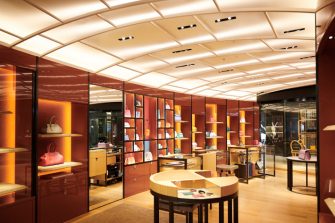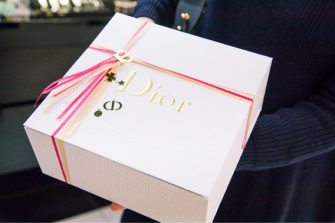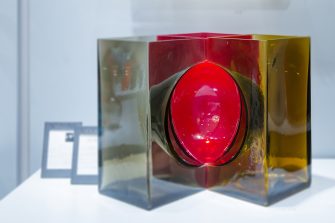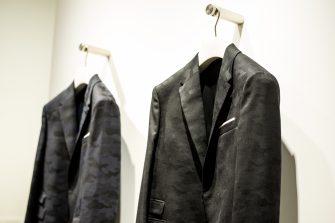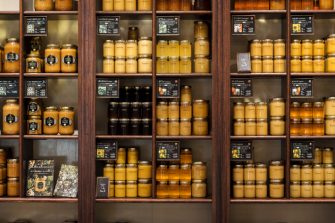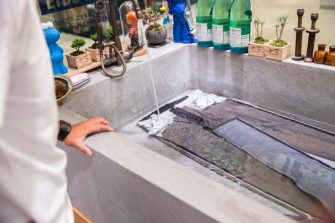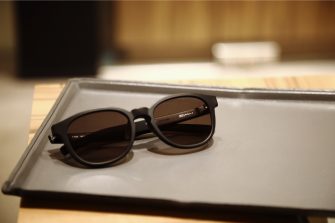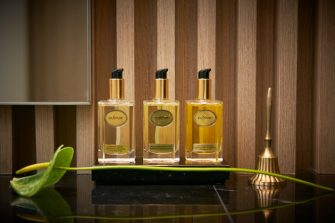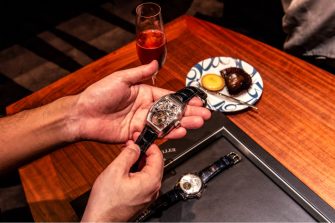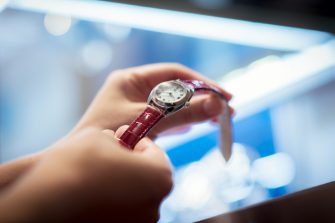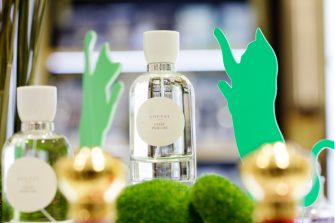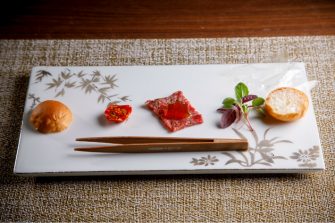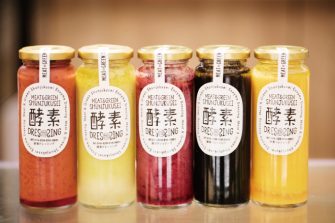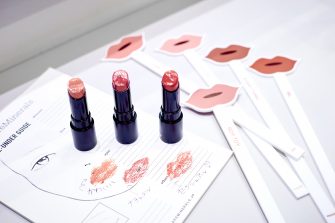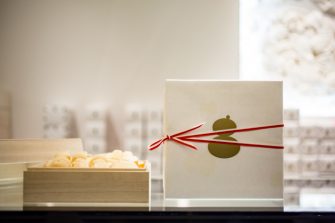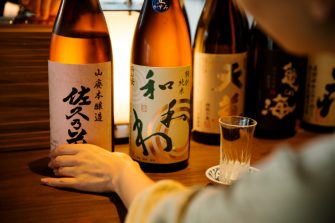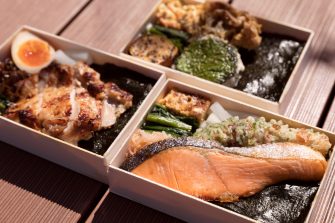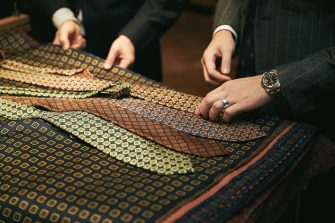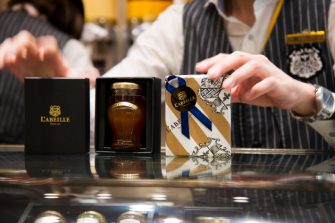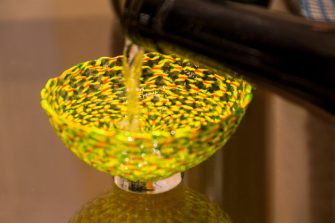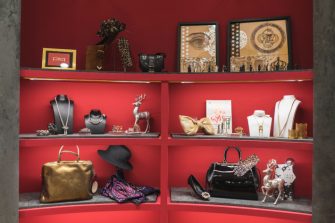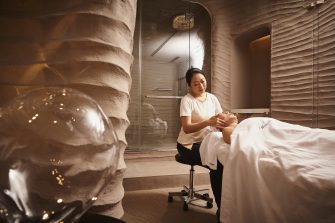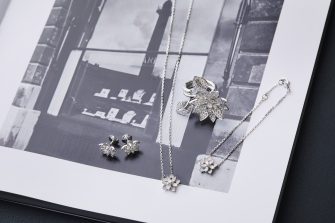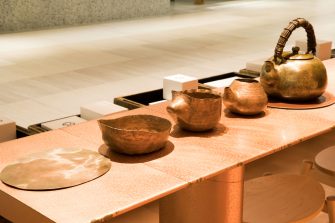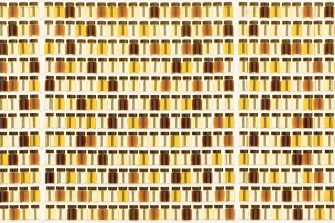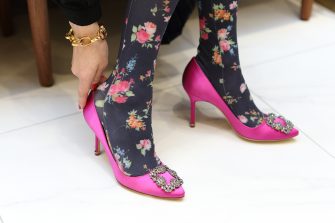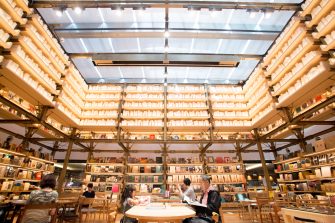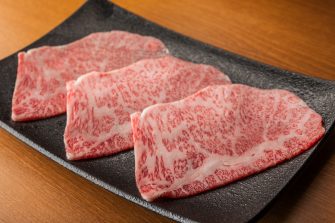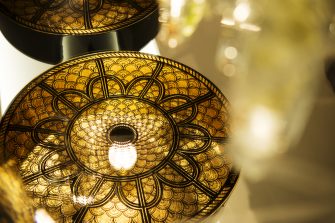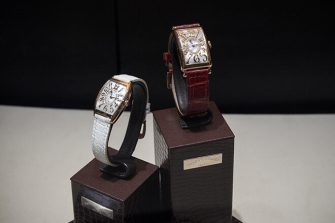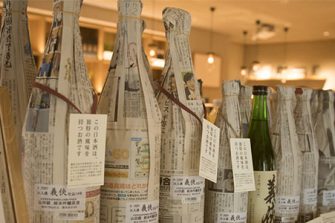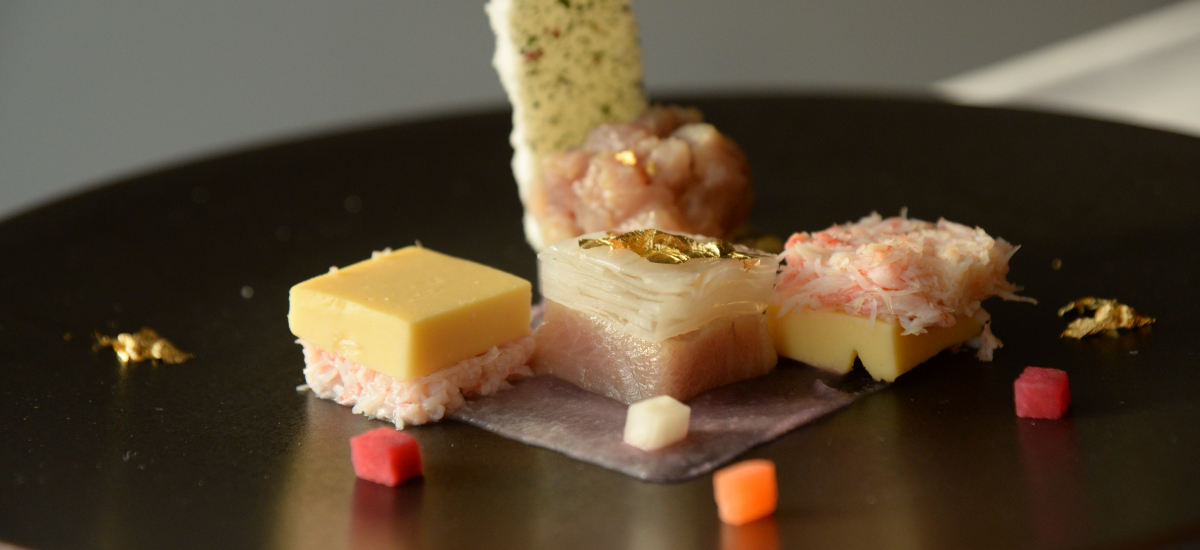

GINZA SIX EDITORS
时尚、珠宝&手表、生活方式、美容、食品…
精通各种类型的个性丰富的编辑们,在GINZA SIX上闲逛
记述走路发现的乐趣。
在最先进的美食中发现日本饮食的魅力 Discovering the Joys of Japan’s Leading Gourmet Cuisine
小松宏子
GINZA SIX EDITORS Vol.70
位于银座的正中央,GINZA SIX是一个能接触到全国饮食文化和素材之美的景点。从个性派云集的餐厅和酒吧中,选出了传达日本这个国家风土魅力的3家。

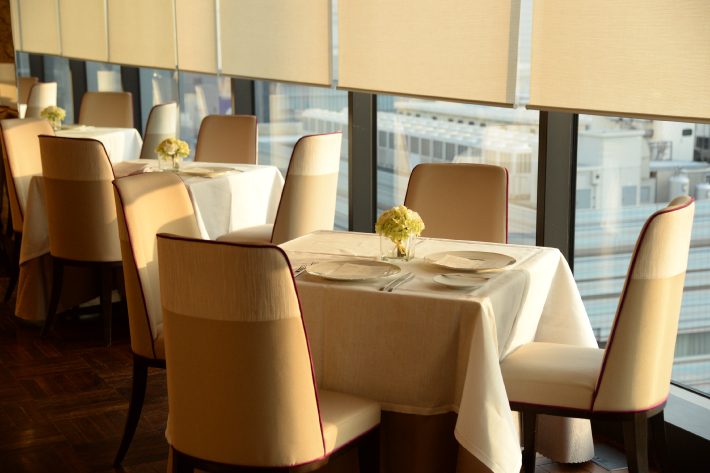
位于最上层13F的“THE GRAND GINZA(The Grand银座)”是GINZA SIX的饮食店中面积最大的。从休息室、餐厅到壁橱、茶室,分为几个空间,可以满足各种各样的需求。这次介绍的是使用法国料理技术提供从47个都道府县送来的时令食材的餐厅“THE GRAND 47”。去年12月访问的主题是食材宝库北陆。将芜菁寿司和乌贼的黑色做法等,融入北陆传统味道的同时,做成精致的套餐料理。而且,福井引以为豪的名酒,黑龙可以用玻璃杯来品尝的精致的配对。以小旅行的心情度过优雅的时光。
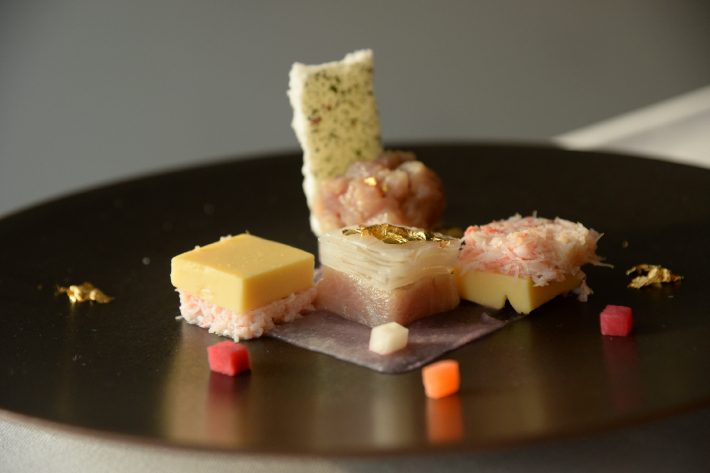
前菜是“北陆传统押寿司的灵感帝王蟹和冷鰤鱼蔬菜的立方体”。得到乡土料理芜菁寿司的构思,日本海的冬天的幸福升华为纤细的法式。五颜六色的料理摆在盘子里的样子就像宝石箱一样,让人烦恼着要从哪个开始吃。和黑龙的玛丽,可以扩展味道的乐趣。
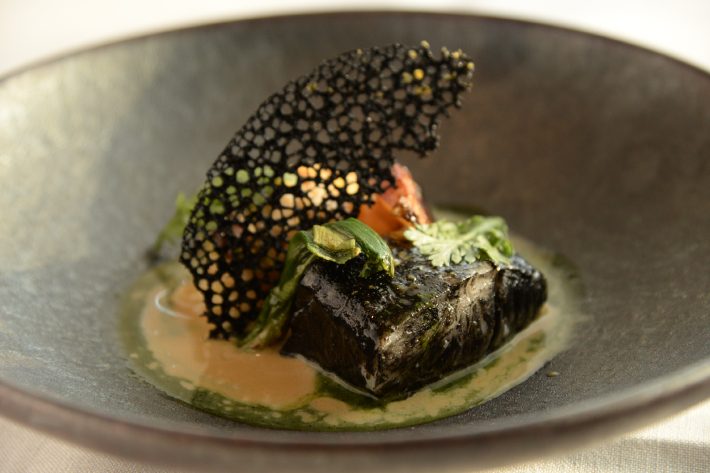
主菜的鱼料理是“用黑色熟成的鳕鱼卷和白子的大葱的阿拉蕾和白葡萄酒酱”。黑造是富山的乡土料理,是在乌贼咸味中加入霞的珍馐。撒上酱汁使其成熟,鳕鱼更有滋味。像融化一样甜,把大葱做成酱汁的地方就不用说了。在法国学习后,在神户北野酒店积累钻研的斋藤隼人主厨的技术闪闪发光。“希望顾客能成为对那个区域感兴趣的契机。明年我想再去产地”。
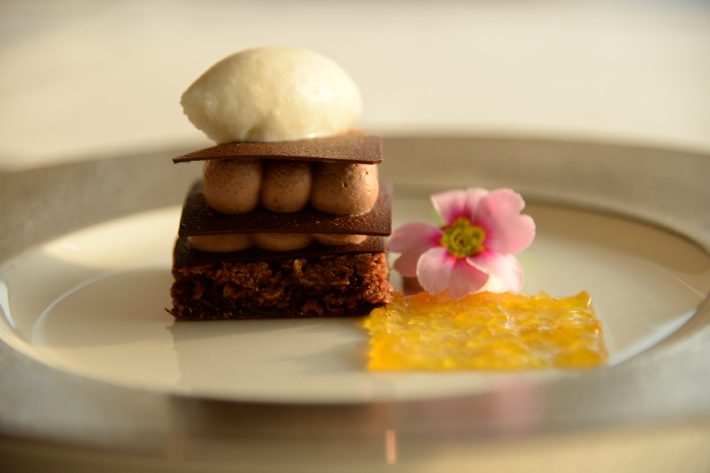
甜品从3种中选择“北陆产的酒糟和柚子巧克力米尔菲”。
加入了松软的舌头上融化的酒糟的巧克力慕斯和香味浓郁的柚子组合非常出众。这里的午餐套餐是3800日元(以下,全部不含税价格),价格也很良心。在满足甜点的时候,下一个主题的区域在哪里,应该会很期待。
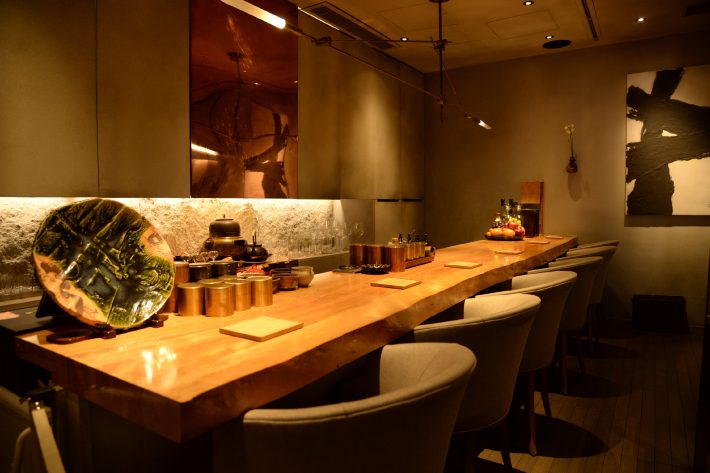
饭后一定要去的是同样13F的名为“MIXOLOGY SALON”的漂亮酒吧。mixi是指在各种各样的酒精中,结合香草、香料、水果等,制作出像炼金术一样的新鸡尾酒,是近年来酒吧的新潮流。其中,这家沙龙的主题是“茶”。焙茶、抹茶、中国茶、红茶等各种茶的鸡尾酒应有尽有。老板调酒师是世界闻名的南云主于三。主要调酒师是可爱的佐藤由纪乃。
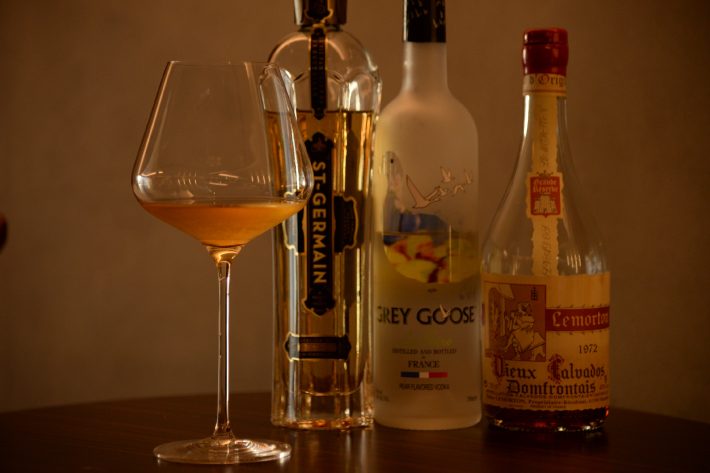
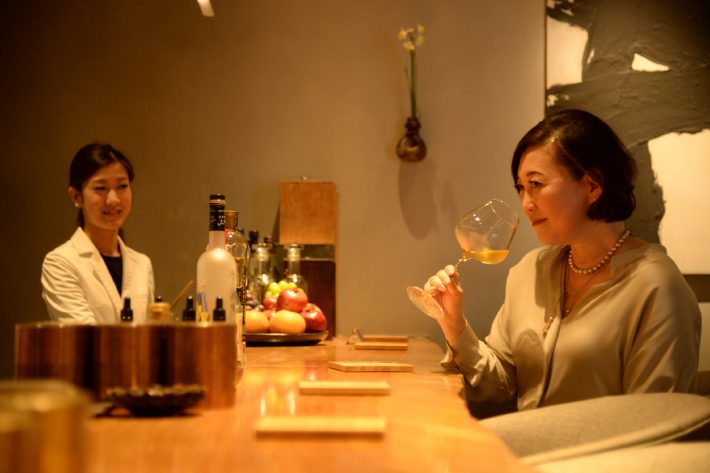
清爽、高贵的香味和味道很受欢迎,以茉莉花茶为基础的鸡尾酒“茉莉花茶No.1”(1600日元)。在茉莉花茶中加入了格雷古斯沃卡、艾尔达花利口酒、卡尔巴多斯的琥珀色液体注入大的葡萄酒杯中,异国情调的香味就会散发出来。饭前、饭后就不用说了,午后也会突然想喝的,是一种迷惑性的鸡尾酒。
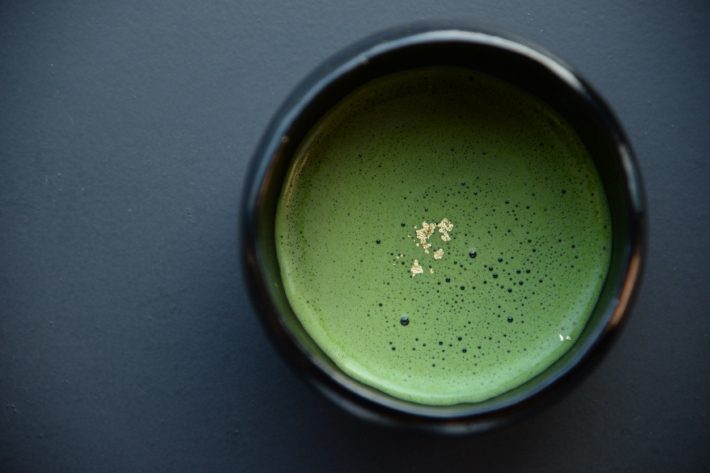
还有一个要介绍的是温暖抹茶鸡尾酒“抹茶的美食家”(1600日元)。白州12年和Amaret、冲绳县产的黑糖放入茶碗中,用竹刷子起泡的美丽动作让人看得入迷。作为饭后的意大利浓咖啡也是最棒的一杯。有时,用3~5杯鸡尾酒来构成起承转合的鸡尾酒套餐,慢慢享受也不错。

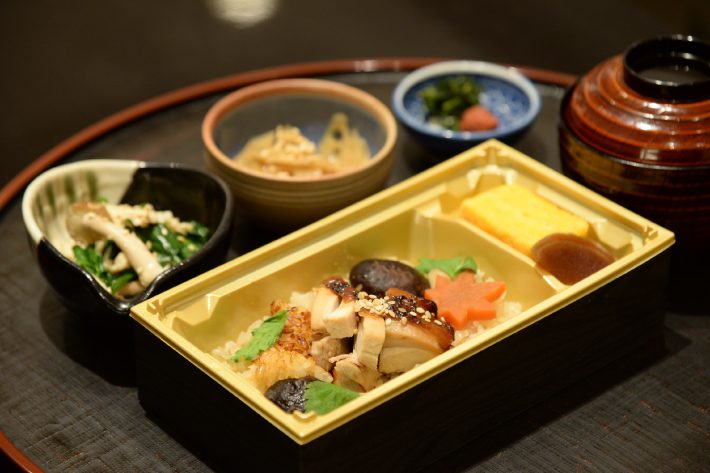
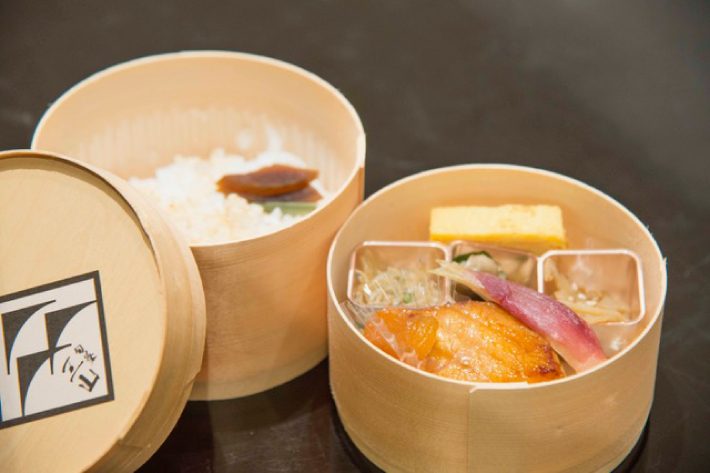
最后是以精心制作汤汁和时令食材精心制作的料理为傲的“旬菜三山”。如果记住便当和一道菜的销售空间旁边有娱乐柜台的话,在购物途中会很方便。最受欢迎的是炖菜饭(1,250日元)。不管怎么说,信乐烧的第一人中川一边陶作的砂锅一天煮6~7次饭,然后煮好的,所以也能理解其美味。照烧鸡加上季节蔬菜的小盆,平衡感很好的组合也很开心。外带的便当中经常出现如莲藕金针鱼、菠菜和汤叶煮等蔬菜丰富的二段便当(2000日元)。需要数量的时候提前预约就放心了。
Text:Hiroko Komatsu Photos:Akiko Fukuchi Edit:Yuka Okada
Located in the middle of Ginza, GINZA SIX is still a place where one encounters wonderful food cultures and ingredients from all around Japan. Of the unique array of restaurants and bars here, I’ve visited three that convey some of the special joys associated with Japanese culture.


THE GRAND GINZA on the 13th floor, the top of the complex, is GINZA SIX’s largest restaurant by floor area. Divided into a lounge, restaurant, banquet room, and tea room, the space is designed to meet the varying needs of its customers. Here I’ll introduce THE GRAND47, a restaurant that offers seasonal ingredients sourced from Japan’s 47 prefectures, prepared with French culinary techniques. As I recall, the theme when I visited this past December was “Hokuriku, a Treasure Trove of Food.” The elegant course-based meals incorporate a dash of traditional flavors from Hokuriku, including arrangements of sushi made with salted turnips (kabura-zushi) and salted squid mixed with squid ink (ika no kurotsukuri). The courses can be paired with glasses of Kokuryu sake, the pride of Fukui. It was an ideal setting for savoring moments of refinement, as if on a short vacation.

I recall the appetizer was Hokuriku Traditional Oshizushi Inspiration with Snow Crab, Winter Amberjack, and Vegetable Cubes. Inspired by the local kabura-zushi, felicitous winter catch from the Sea of Japan transmuted into a French delicacy. The multicolored cuisine arranged in the middle of the dish reminded me of a jewel box; one hardly knew where to start. The pairing with Kokuryu amplified the delightful flavors.

The main fish course was Kurotsukuri-Marinated Cod Poêlé and Soft Roe Meunière with Creamed Large Scallion and White Wine Sauce. Kurotsukuri, a local dish of Toyama, is made by adding squid ink to fermented squid. The cod is coated with this sauce and marinated to create a richer, more savory flavor. As one might expect, the sauce made with sweet large scallions was a meltingly sweet delight. The passion and skills of Chef Hayato Saito, who served his apprenticeship in France and continued his training at the Kobe Kitano Hotel, were on full display. “I love it when customers take an interest in the region after eating here,” he remarked. “Next year, I hope to visit more of the produce areas myself.”

From the three desserts on offer, I chose the Chocolate Mille-Feuille with Hokuriku Sake Lees and Yuzu Fruit, an outstanding combination of cloudlike chocolate mousse with lees that melt on one’s tongue, and highly aromatic yuzu fruit. This lunch course was reasonably priced at 3,800 yen (all prices listed before tax). As I filled up on dessert to finish the culinary tour of the Hokuriku region, I began casting about for another destination.

After dinner, a visitor would certainly want to visit Mixology Salon, a chic bar also located on the thirteenth floor. Mixology is an emerging trend at bars in recent years, wherein new cocktails are created, as if by alchemy, by combining various spirits with herbs, spices, fruit, and other ingredients. The theme of this particular bar is tea. Mixology Salon makes an assortment of cocktails using every conceivable variety of tea, including roasted green tea (hojicha), matcha, Chinese tea, and black tea. The owner-bartender is the globally renowned Shuzo Nagumo. The chief bartender is the charming Yukino Sato.


Shown here is the Jasmine Teatail No. 1 (1,600 yen), a popular jasmine tea-based cocktail with a crisp, noble aroma and flavor. An amber-colored mixture of jasmine tea with Grey Goose vodka, elderflower liqueur and Calvados is poured into the large wineglass, generating an exotic aroma. The result is a seductive cocktail ideal (naturally) before or after meals, and even in the early afternoon.

Another of the salon’s cocktails is Matcha Godfather (1,600 yen), a cocktail with hot green tea. Hakushu aged 12 years old, amaretto, and Okinawan brown sugar are assembled in a tea bowl and whisked with a bamboo tea whisk—I found myself captivated by the physical gestures that create the drink, making a surprisingly perfect substitution for espresso after the meal. It would also be tasteful to have a narrative of three to five glasses of cocktails composed at choice of the bartender.



Lastly, I went to Syunsai Miyama, an establishment that prides itself on carefully prepared dishes made with its special dashi soup stock and seasonal ingredients. You might find it convenient to remember, while shopping, the eat-in counter next to the sales space for bento and single-dish items. Their most popular offering is the meal with rice seasoned and cooked with various ingredients (takikomigohan gozen; 1,250 yen). The rice is cooked six or seven times a day in an earthenware pot made by Ippento Nakagawa, the leading figure in Shigaraki ceramics. This means the rice is freshly cooked, which helps make it extraordinarily delicious. The combination also nicely balances the teriyaki chicken with small servings of seasonal vegetables, another delight. Often ordered for takeout is the double-decker bento with ample vegetables (2,000 yen), including lotus root kinpira and simmered spinach and yuba (tofu skin). You’ll probably want to make reservations in advance for large orders.
Text:Hiroko Komatsu Photos:Akiko Fukuchi Edit:Yuka Okada
小松宏子
食品记者。祖母出生于料理研究家的家庭。经过广告代理店工作,作为食品记者活动。从各国的料理到食材和器皿,撰写有关“食”的报道。他还亲自编辑和执笔,在《向茶怀石学习日的料理》(后藤加寿子著·文化出版局)中获得了法国格鲁曼料理本大奖“特别文化遗产奖”,第2届辻静雄食文化奖。


